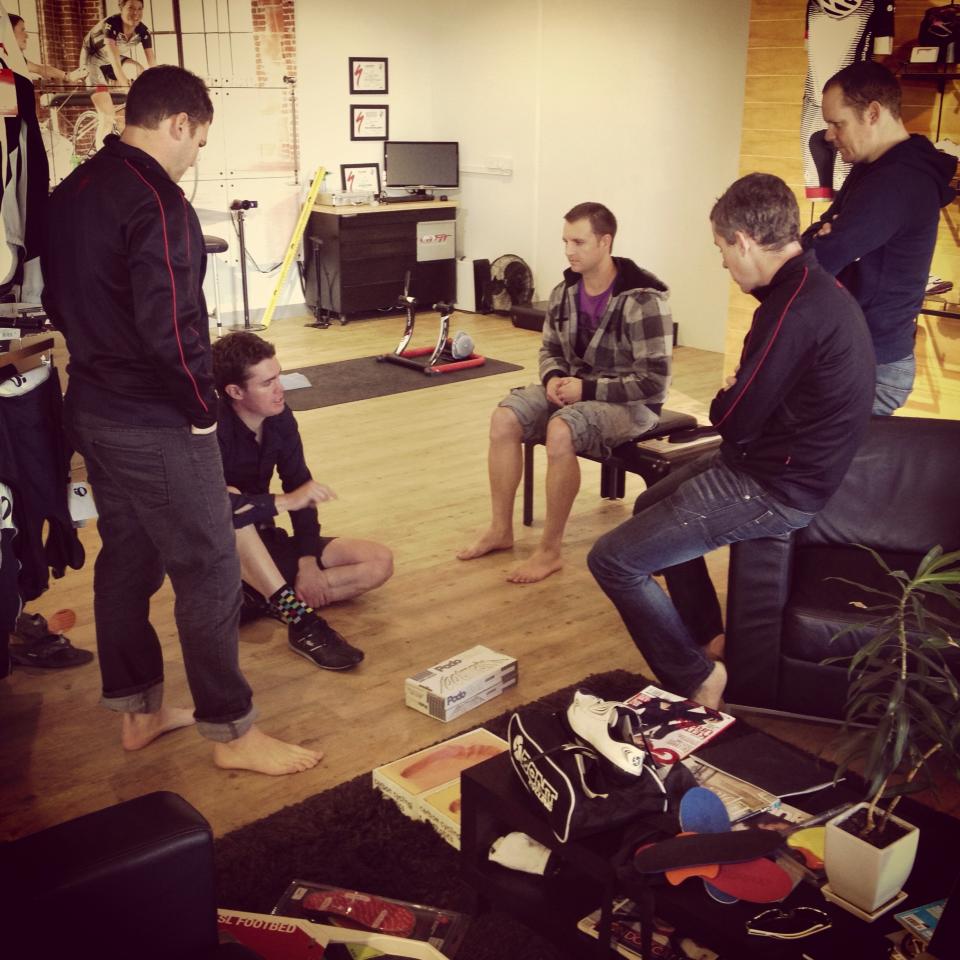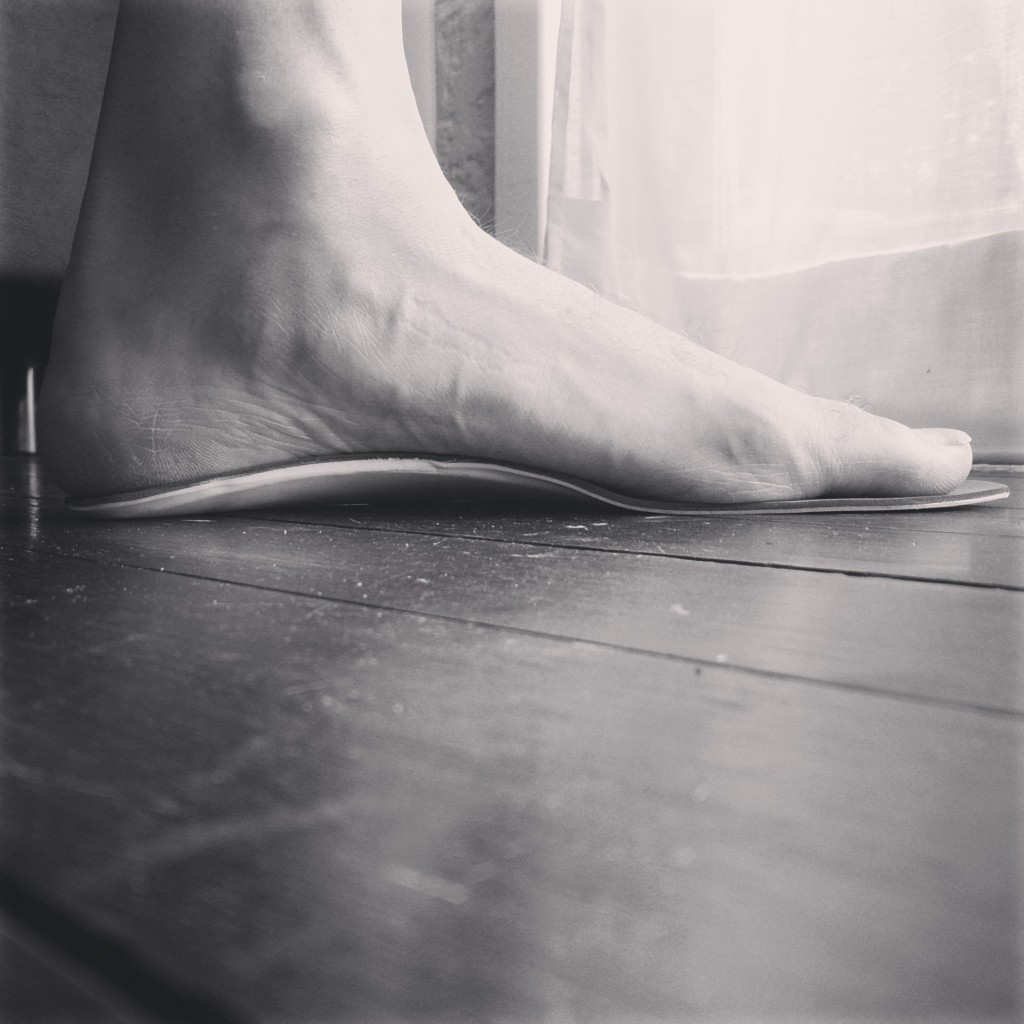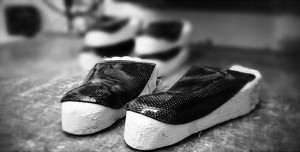Words Nathan White
Cobra9 Principle Podiatrist B Hth Sc (Hons) Pod, M A Pod A, M SMA, M AAPSM

Recently there has been increased discussion on the role of footbeds/orthotics in cycling. In any discussion where some of the theory is quite complex, errors born from simplification abound. In an effort to contribute to this discussion, Cobra9 has produced a three part series on the science behind cycling orthotics #factsnotfiction.
These articles are based on up-to-date information and current research. Naturally, the theory and science on footbeds is evolving and as a consequence, our attitudes and interventions are always evolving. As a profession, there is still much to learn about lower limb mechanics despite the best efforts of researchers around the world.
This series of articles is also an attempt to educate the cycling industry as well. There are many examples of overestimation and general assumption across a range of cycling products. The more practitioners are focused on providing treatment driven by evidence based research then the more transparent the industry becomes.
We encourage any comments and queries that are raised by the series and will publish any discussion productive to the process behind footbeds and lower limb mechanics. Please contact cobra9.com.au if you wish to publish any of the content from these articles. Enjoy.
Part 1: Cycling Footbeds – The Science verses Clever Marketing
Most people know what an orthotic (scientific term – orthosis) is. In the cycling industry, cycling orthoses are commonly referred to as footbeds or cycling insoles. Predominantly they have been put into our shoes by well meaning specialists with the promise of better foot posture and as a consequence, a benefit to our lower limb health. In this part 1 we are going to investigate the science behind cycling footbeds and what benefits they may have for us and our riding.
 We have all seen the before and after shots on orthotic packaging showing a ‘collapsed’ foot juxtaposed with the ‘supported’ foot and the videos that describe the ability of a device to change foot shape and hence knee position, normally to stop the knee moving towards the top tube.
We have all seen the before and after shots on orthotic packaging showing a ‘collapsed’ foot juxtaposed with the ‘supported’ foot and the videos that describe the ability of a device to change foot shape and hence knee position, normally to stop the knee moving towards the top tube.
The idea that orthoses/footbeds provide a marked postural change has been largely debunked by contemporary research. We have computer and cadaver generated modelling that provides a more accurate understanding of what any type of foot orthosis does. While this means the dramatic pictorial representations seen on orthotic packaging is more spin then science, it does not mean that using in shoe orthosis does not have any effect. Many of these marketing concepts have been rolling around in the walking orthoses market for decades and have made their way into in the cycling insole industry as well. Selling the notion of posture change and consequent proximal limb positional shift is more successful then trotting out force diagrams, moment of inertia discussion and promoting the concept of what is ‘normal’ or ‘neutral’ and if either of these concepts exists or matters.
If cycling insoles don’t provide the meteoric changes postulated by some in the industry, then is it actually worth using them at all and what do cycling insoles actually do?
Foot orthoses (because there are all sorts of other types out there that aren’t for feet) effectively alter force applied to your foot and hence alter consequent tissue load. This does not necessarily mean that the involved change will always be helpful or comfortable. Anyone who has had a rock stuck in their shoe can testify to that. However, when you put anything extra into a shoe you are going to change the nature of the force and load components displaced by the foot. This is evident even in the most simple example – putting a softer insole in a shoe. By using a softer insole inside the shoe, the foot will displace load differently through the forefoot due to the compressible nature of the foam.
 When working with footbeds, the key element is to change the loading on your intended structures without causing discomfort or reducing the overall efficiency of the pedal stroke. When using cycling orthoses, you are able to change force by either changing the direction of the load, the magnitude of the load, and or altering the timing of the load. These changes can be crucial in providing comfort and reducing pathology. However, it is also crucial to understand what you are trying to achieve before you start tinkering with cycling shoes. Giving everyone ‘arch support’ as a solution is arbitrary at best and misleading at worst. Cycling footbeds are useful tools when used in the correct manner by someone who fully understands their potential and also their limitations.
When working with footbeds, the key element is to change the loading on your intended structures without causing discomfort or reducing the overall efficiency of the pedal stroke. When using cycling orthoses, you are able to change force by either changing the direction of the load, the magnitude of the load, and or altering the timing of the load. These changes can be crucial in providing comfort and reducing pathology. However, it is also crucial to understand what you are trying to achieve before you start tinkering with cycling shoes. Giving everyone ‘arch support’ as a solution is arbitrary at best and misleading at worst. Cycling footbeds are useful tools when used in the correct manner by someone who fully understands their potential and also their limitations.
In Part 2 we will delve further into what footbeds do by describing the nature of force change, kinetics and kinematics.
#footbeds #cyclingorthotics #cycling #custom #getinformed

